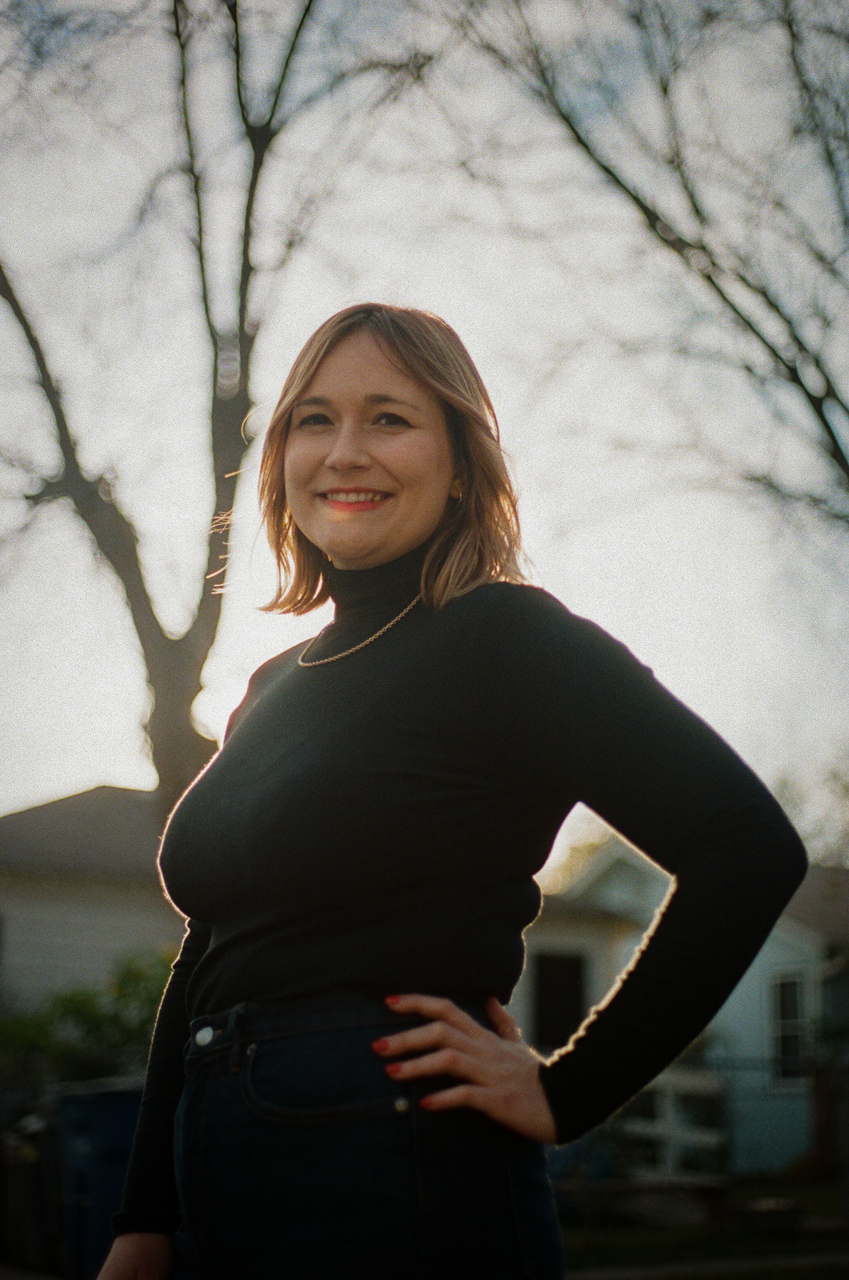MY ENDO STORY: A REPRO ORIGINAL ESSAY.
MY ENDO STORY: A REPRO ORIGINAL ESSAY.
By Chloe Quakenbush
Poly-cystic ovarian syndrome (PCOS) was my first diagnosis. I’d been told even at 13 that my body would likely “absorb the tissue naturally” as it would for uterine lining during normal menstruation, and my periods would eventually regulate. That was not the case, as for the next 3 years I would be hospitalized twice due to PCOS.
In total, it took me 17 years from the onset of symptoms to actually have the surgical procedure and proper diagnosis of endometriosis that changed my life. I finally sought treatment in 2019 after a few years of various gastro-intestinal issues and experiencing sharp pain and sudden bleeding during intercourse.
Even though my body hadn’t ovulated or grown any cysts in the 6 years I’d been on the pill, the gynecologist I was referred to told me that all those years of ovarian cysts developing, growing, and rupturing during my cycle had essentially become like cobwebs in my pelvic area, and that tissue had attached itself to places in my abdominal region they could only see with laparoscopic surgery. If any was found on my bowel or on muscles or ligaments he didn’t feel comfortable operating on, I’d have to have a second surgery with a specialist for a separate excision.
Luckily, I only had stage 2 endometriosis, but seeing the images of the scar tissue, or “adhesions,” was shocking. It resembles a white tissue not unlike the cobwebs I’d been picturing prior to the procedure. My left ovary was essentially glued in place, which was what contributed to the feelings of lack of fluidity in my lower abdomen, both from a digestional standpoint and my ability to move and use those pelvic muscles properly.

I’m grateful to have an incredible gynecologist (a different one from who performed the surgery, as he told me my preventative options to avoid recurrence were to either stay on birth control or to get pregnant) who I could be honest and open with about my sexual health, didn’t judge me for asking about tubal ligation as a prevention option because I was “too young to make that decision” at 26.
In addition to some more general pain relief solutions, she gave me a referral to a pelvic floor therapy practice. Without going into too much detail, it would surprise you the amount of tension someone can hold in their pelvis. I explored this “alternative” route further by getting acupuncture and doing somatic yoga therapy. In between the different sessions of wellness practitioners I worked with, I found so much comfort in castor oil compacts. I’d carefully pour some castor oil onto a ripped piece of cloth (castor oil is incredibly viscous) and lay that cloth directly on my skin across my abdomen with a heating pad on top of that, using a piece of saran wrap in between so my pad wouldn’t get sticky. I’m not really sure why this “old wives tale” of a remedy works, but it really did provide so much relief both before and after my surgery.
My journey of living life with endometriosis is not unlike other women who suffer for years without a formal diagnosis, which, bewilderingly, is only possible through exploratory surgery. The only way I could afford this was because I had insurance and access to medical credit options. 80% of those who have the surgery will have their endo come back. Endometriosis cannot be cured or prevented, just slowed down and “managed” until one needs excision surgery again. For a disease that affects so many, I hope to one day live in a world where reproductive health care is taken more seriously and non-invasive treatment options are researched to find a cure.

